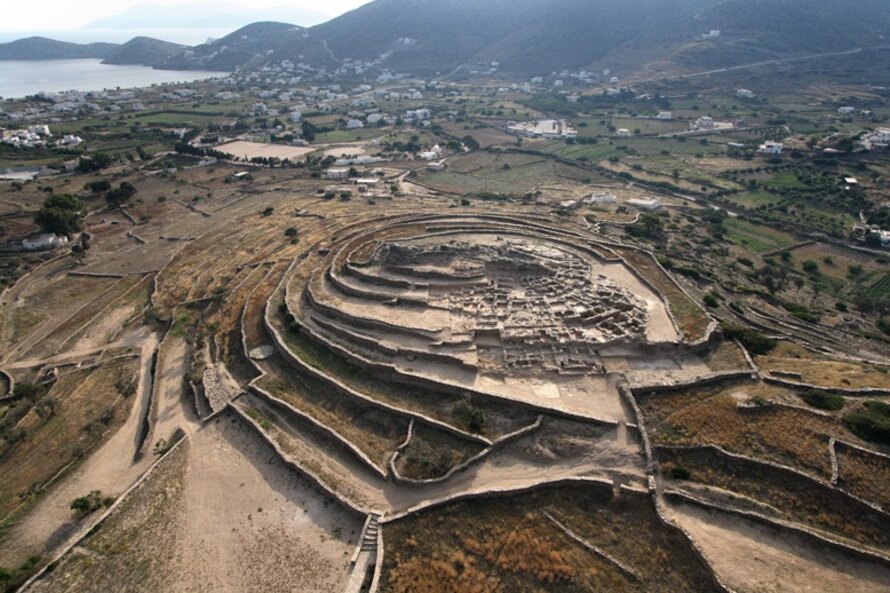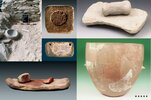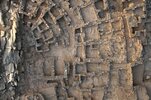The Archaeological Site of Skarkos, Island of Ios
Skarkos is the largest, most important and best preserved Early Bronze Aga Cycladic settlement known to date. Consequently, it has significantly enriched our knowledge not only of the development of Ios Island, but also of the entire Cycladic archipelago during the third ...
Read more
Project details
| Title: | The Archaeological Site of Skarkos, Island of Ios |
|---|---|
| Entr. year: | 2008 |
| Result: | Grand Prix |
| Country: | Greece |
| Town: | Island of Ios |
| Category type: | archaeological sites |
| Notes: | Type also: rural setting |
| Building type/ Project type: | Urban renewal/design - Village renewal/design |
| Former use: | Town |
| Actual use: | Historic venue, cultural attraction |
| Built: | 3rd millenium BC |
| Architect / Proj.leader: | Greek Ministry of Culture, 21st Ephorate of Prehistoric and Classical Antiquites Responsible for the Cyclades and Samos |
| The Jury's citation: | To the conservation of the archaeological site of Skarkos on the Island of Ios, Greece. |
| GPS: | 36°43'54,5"N; 25°16'59,3"E |
| Web, Links: | www.aegeanislands.gr/de/islands/archaeological-ios/skarkos.html |
Description:
Skarkos is the largest, most important and best preserved Early Bronze Aga Cycladic settlement known to date. Consequently, it has significantly enriched our knowledge not only of the development of Ios Island, but also of the entire Cycladic archipelago during the third millennium BC. Within the framework of the project, the ruins of the settlement as well as the traditional buildings and structures of the picturesque pastoral setting have been conserved. The traditional paved path providing access to the site has been carefully restored. The entire site has been presented to the public with sensitivity, and all teh conservation work done is in complete keeping with the setting. No new buildings have been erected, unlike at most other archaeological sites. Necessary buildings have been created by renovating and converting existing traditional buildings and structures. Simple stone benches and a carefully adated small stone theatre are the only new additions to the site. All construction work made exclusive use of traditional Skarkos area dry-stone-wall construction methods, and local stone.
Similar projects
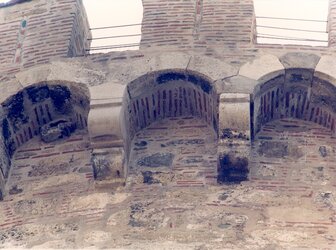
16th century
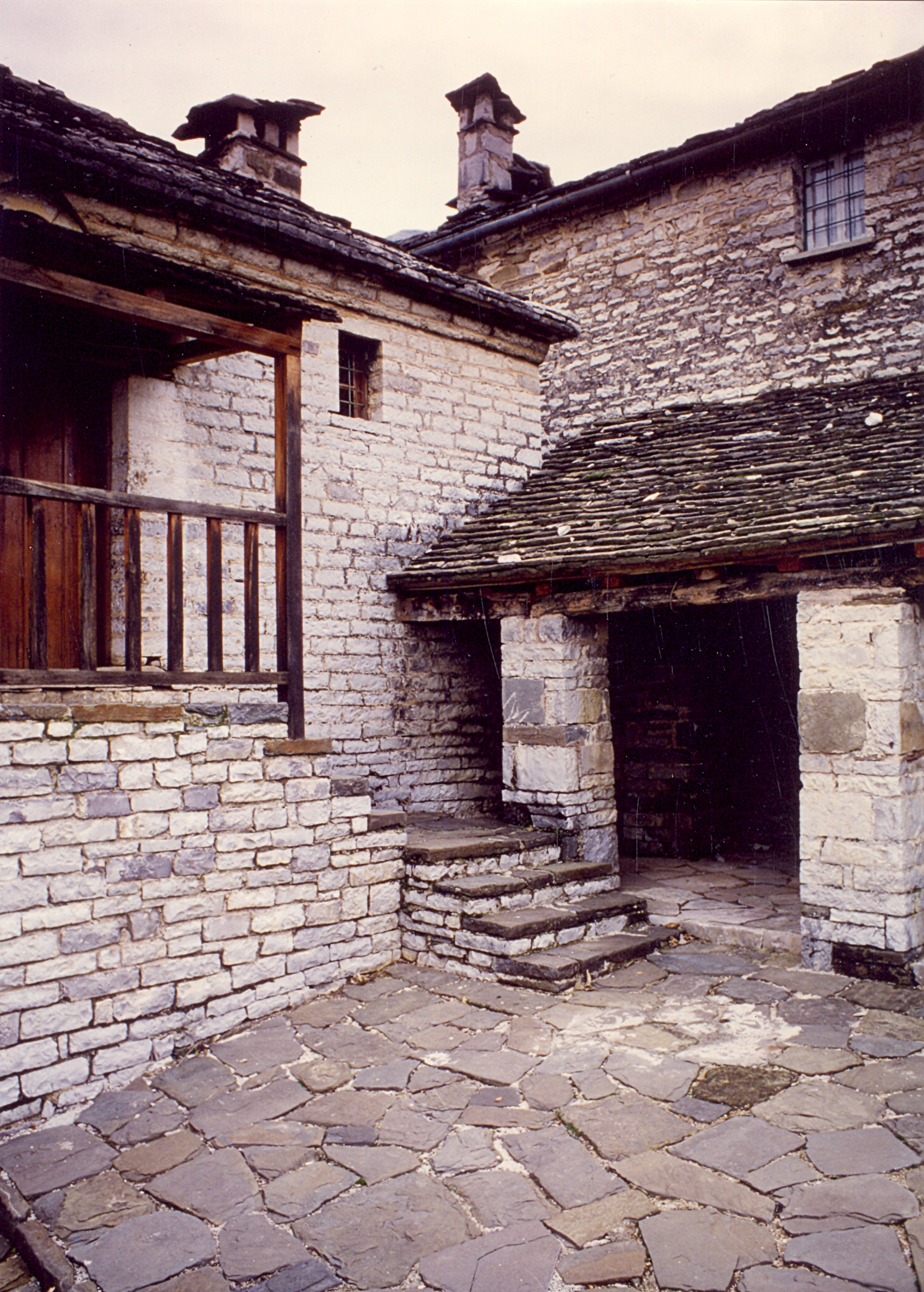
19th century
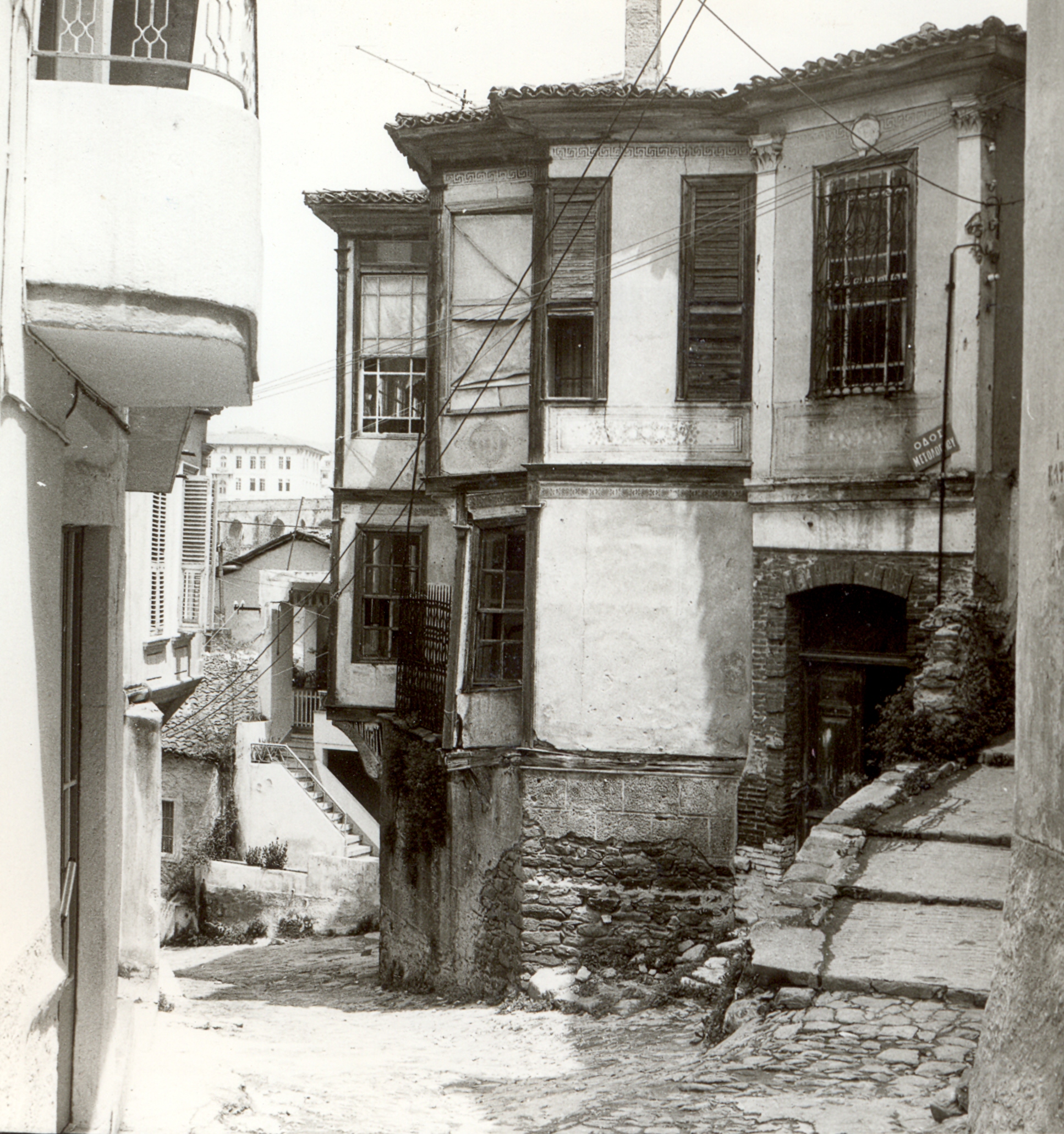
18th century
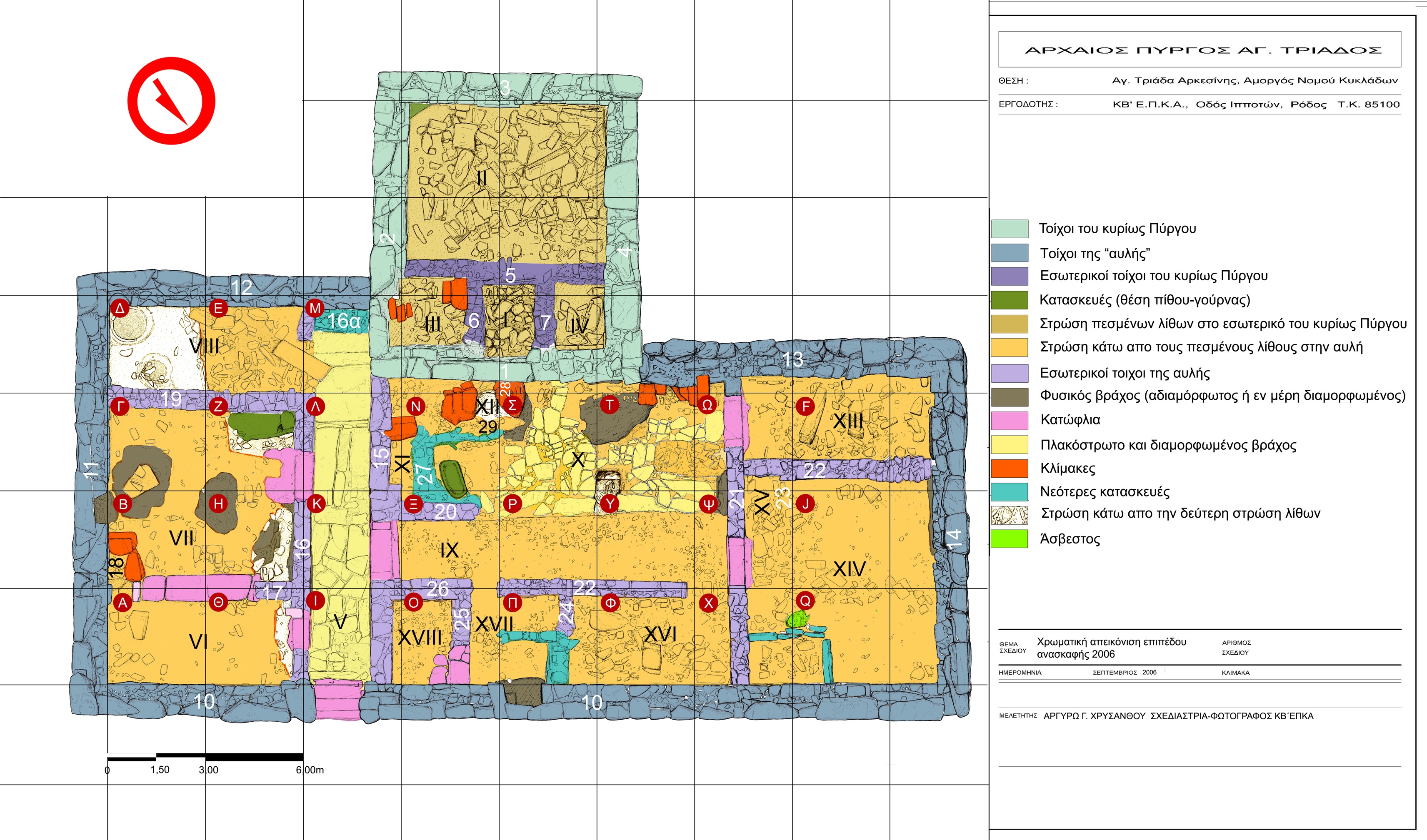
4th century BC
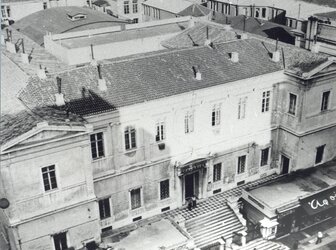
19th-20th century
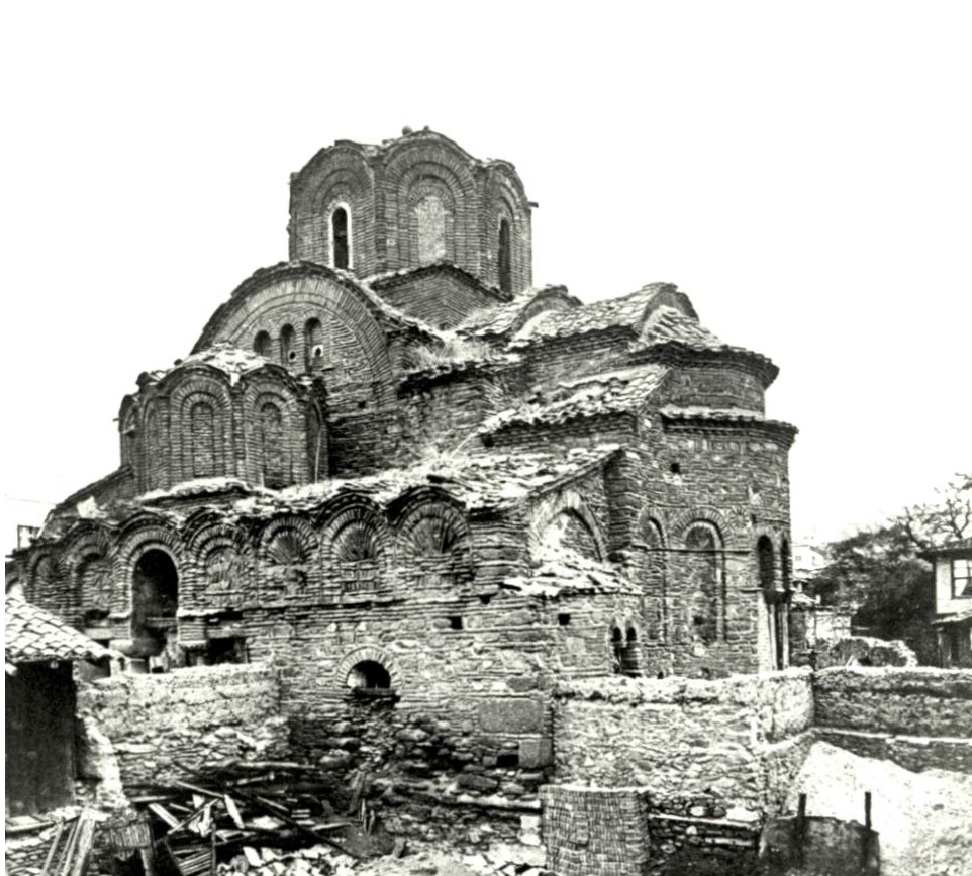
16th century
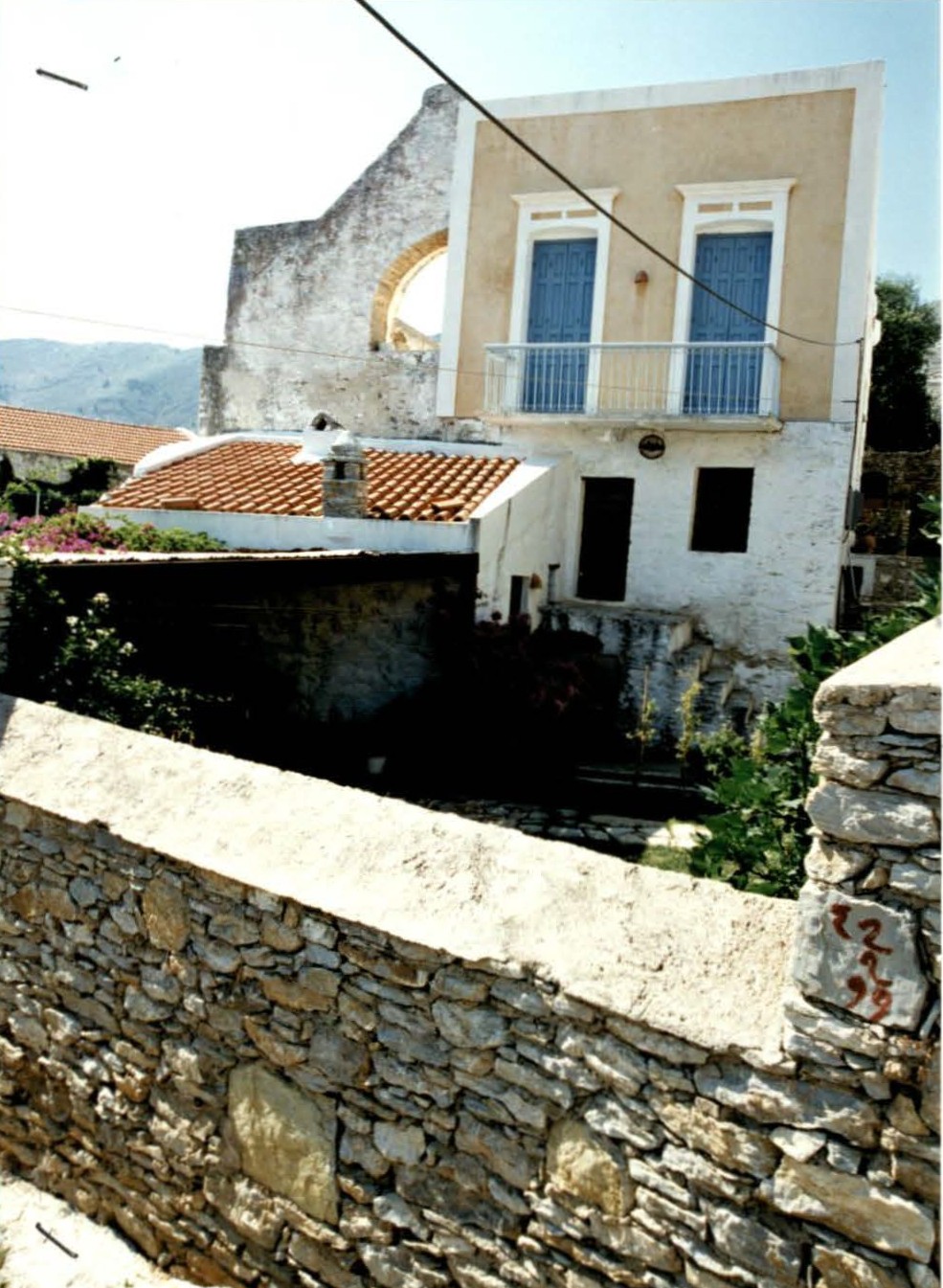
18th century
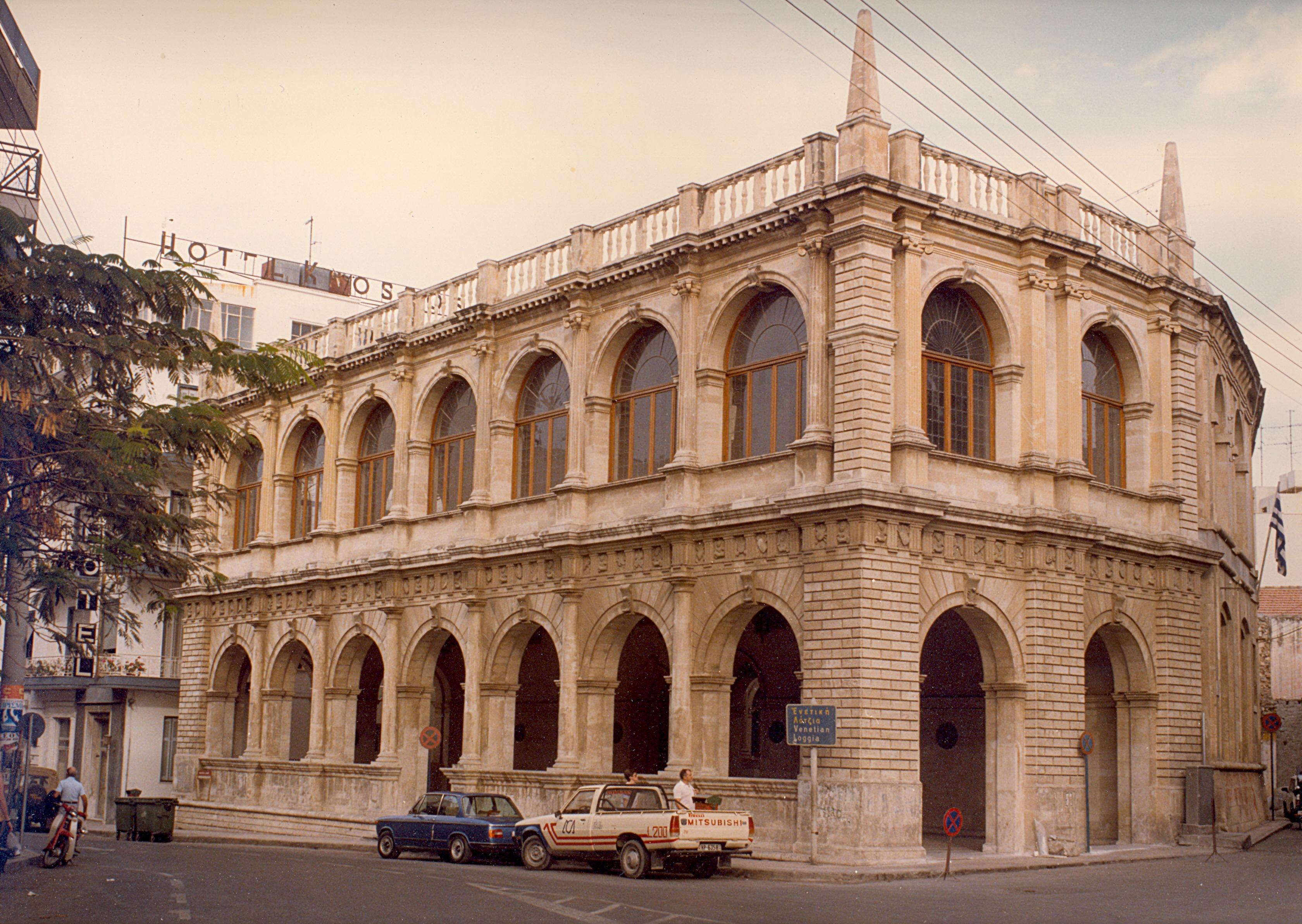
17th century
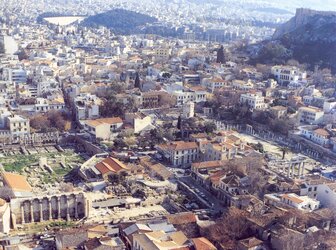

19th century
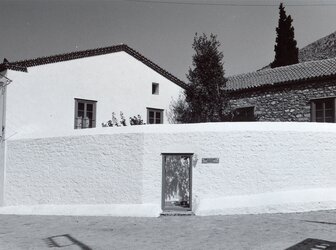
18th century
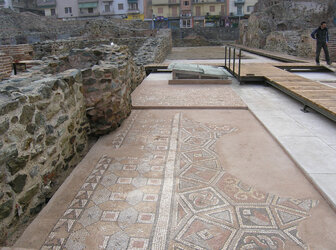
4th century AD
